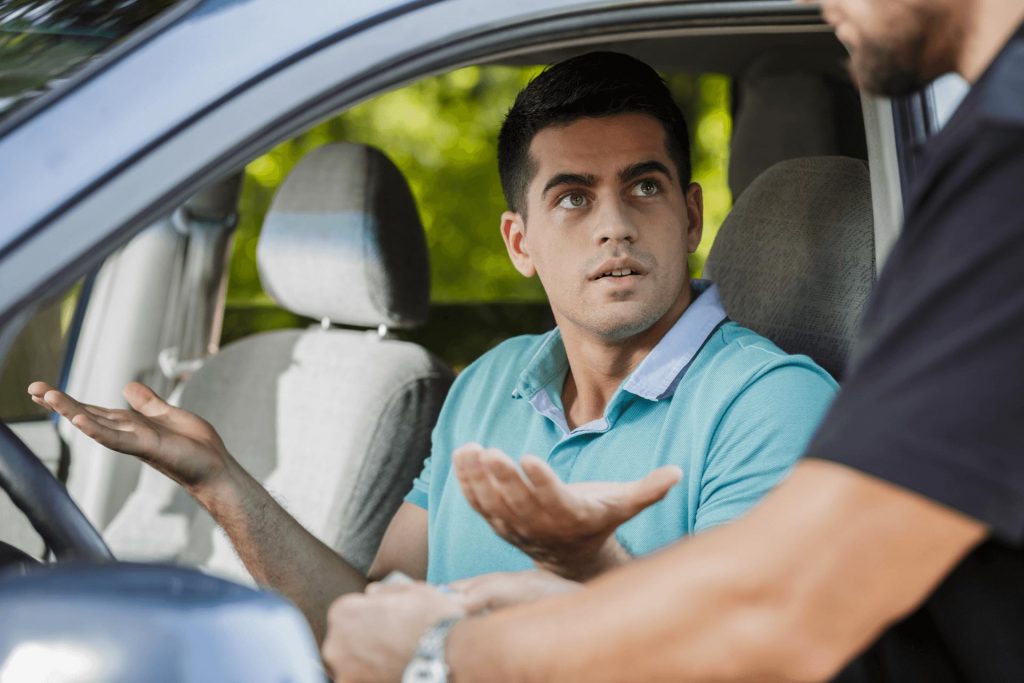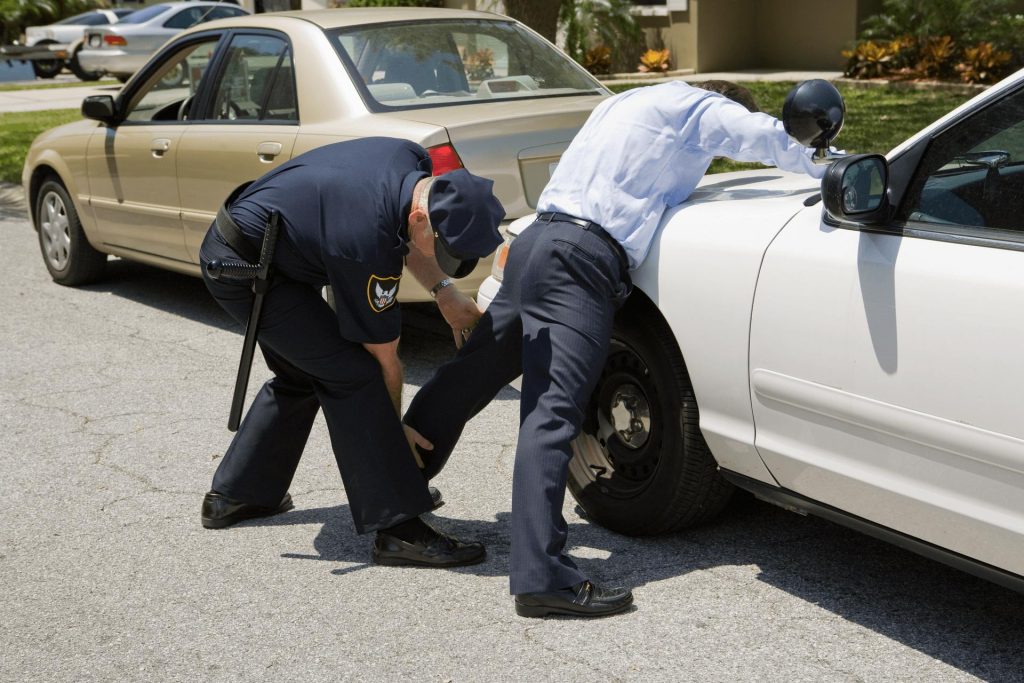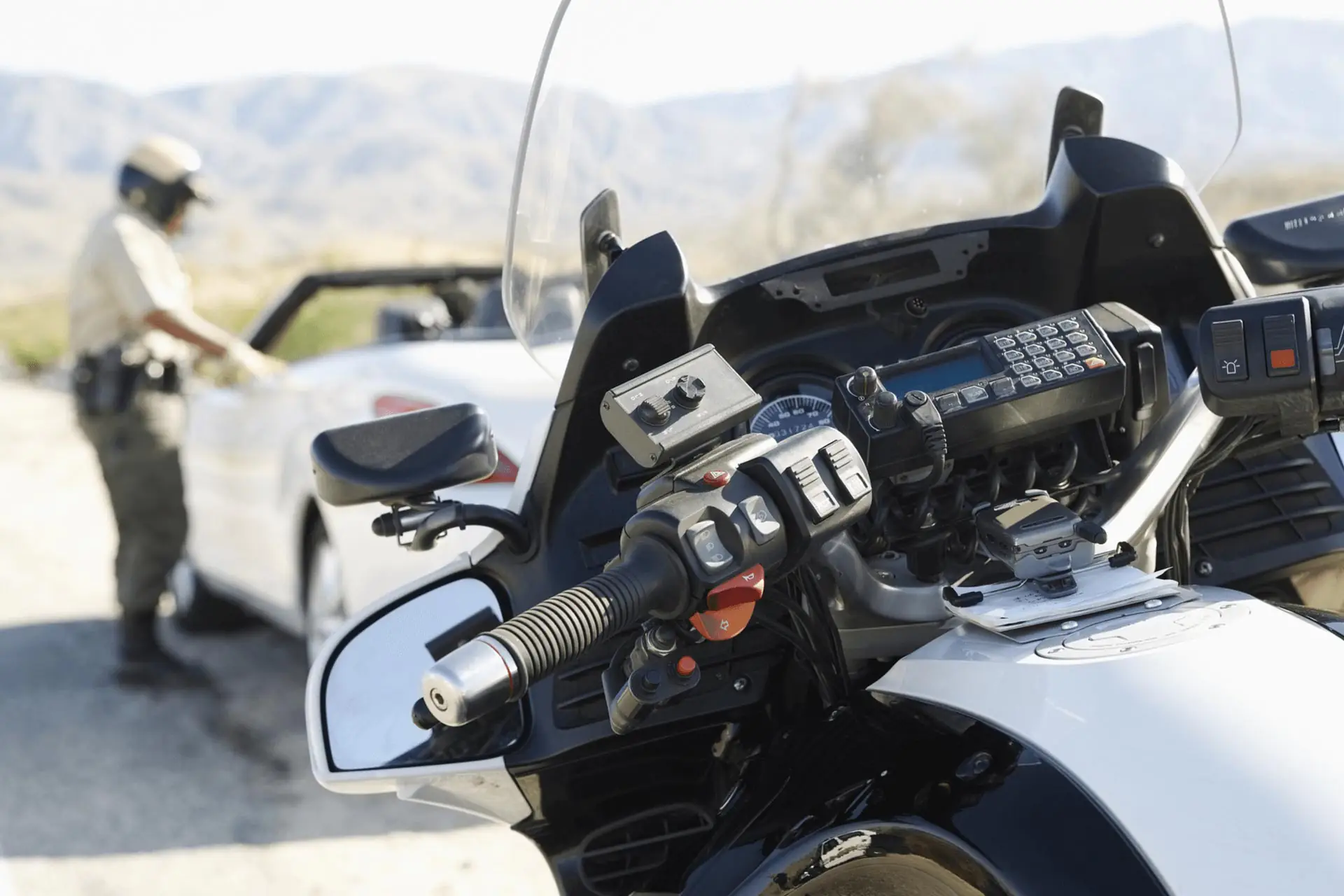While traffic stops can seem like a fairly benign and routine part of a police officer’s job, they can unfortunately also become dangerous for the officers involved. In 2021, shootings were the second largest cause of death for police officers in the US, after COVID. Worse, this number was a 36% rise from the previous year. Many of these shootings occurred during traffic stops; a time when officers are at a tactical disadvantage.
In any traffic stop, officers are at a tactical disadvantage, as their position and movements are relatively predictable. Approaching any vehicle can be a risk, with unknown persons inside who could be armed. While some people say that ‘there are no routine traffic stops’, the risks can at least be reduced when civilians follow the instructions that the officers give them. This is why non-compliance can be both worrying and dangerous for officers during even seemingly routine traffic stops.
The Survey
The Police1 survey on traffic stops ran from April 22, 2021, to May 4, 2021, with a total of 1,036 police officers responding. The respondents were fairly evenly divided regarding location and years served in law enforcement. Of those surveyed, 24% served a rural response area, 42% served a suburban response area and 34% served an urban response area. In terms of experience, a third of respondents had 10-20 years of law enforcement experience, a quarter had 21-30 years of experience, another third had nine years or less on the job and 10% had more than 30 years on the job.
Even during on-and-off COVID lockdowns, statistics have shown that speeding has become more common over the past two years. Perhaps unsurprisingly, it was also the number one reason for traffic stops, accounting for 43% of them. Interestingly, equipment violations were second with 24% selecting it as their top reason for making a stop, with suspicion of criminal activity much lower at 9%. Although suspicion of criminal activity was lower on the list of reasons traffic stops were initiated, it was the most prevalent reason the officer encountered noncompliance, at 76%.
Non-Compliance

Police responding to the survey said that about half felt driver cooperation had remained the same from previous years, while the other half felt that it had worsened. The highest levels of non-compliance came from people suspected of being under the influence of drugs or alcohol, and or those suspected of criminal conduct. The most prevalent non-compliant driver behavior was not following the officer’s commands (42%), followed by not responding to the officer’s questions (24%). Almost 80% said their agency had not altered their traffic stop policies to address driver non-compliance.
Only about 42% of respondents said their department has never provided traffic stop training, while 50% said it occurs yearly. The remaining 8% noted they received weekly or more frequent training. Only 6% strongly agree that they have received adequate training for traffic stops involving non-compliant drivers while 46% disagree or strongly disagree. However, more than 83% agree or strongly agree that they are confident in their ability to handle such an instance. Since January 2019, 75% reported they have not received any hands-on training about removing a non-compliant driver from a vehicle, while 35% said they have received simulator or hands-on training on the use of less-lethal tools with a non-compliant driver.
Policy Changes

While around a quarter of the respondents said that their department had instituted policy changes regarding traffic stops in the past year, most said there had been no changes. Some of the policy changes included:
- A demographic form is required on any self-initiated stop that states race, gender, age, the reason for stopping, and the action taken.
- Stops should only be made if the violations are hazardous to other drivers. Not allowed to stop for any type of license plate, registration offenses, or other minor or non-hazardous offenses.
- It is no longer possible to tell someone not to make phone calls during traffic stops.
- Officers are required to introduce themselves by name and department and indicate the reason for the stop at the initial contact.
- Officers are encouraged to consider overall circumstances and make a decision on whether non-compliance is a critical matter requiring immediate action, such as an arrest, or can be ignored or worked through to complete the task without undue hazard to the officer or traffic offender.
- Officers must immediately call for backup in cases of non-compliance. They must attempt to stall the situation by talking to the person until backup arrives, then escalate if needed to identify and detain the driver for further investigation.
Post-COVID Trends
Returning to pre-COVID routines will hopefully see some of these worrying trends in violence against police officers start to decline. However, there is also a clear need for some departments to address the dangers associated with non-compliance during traffic stops with a change in policy and improved officer training.

